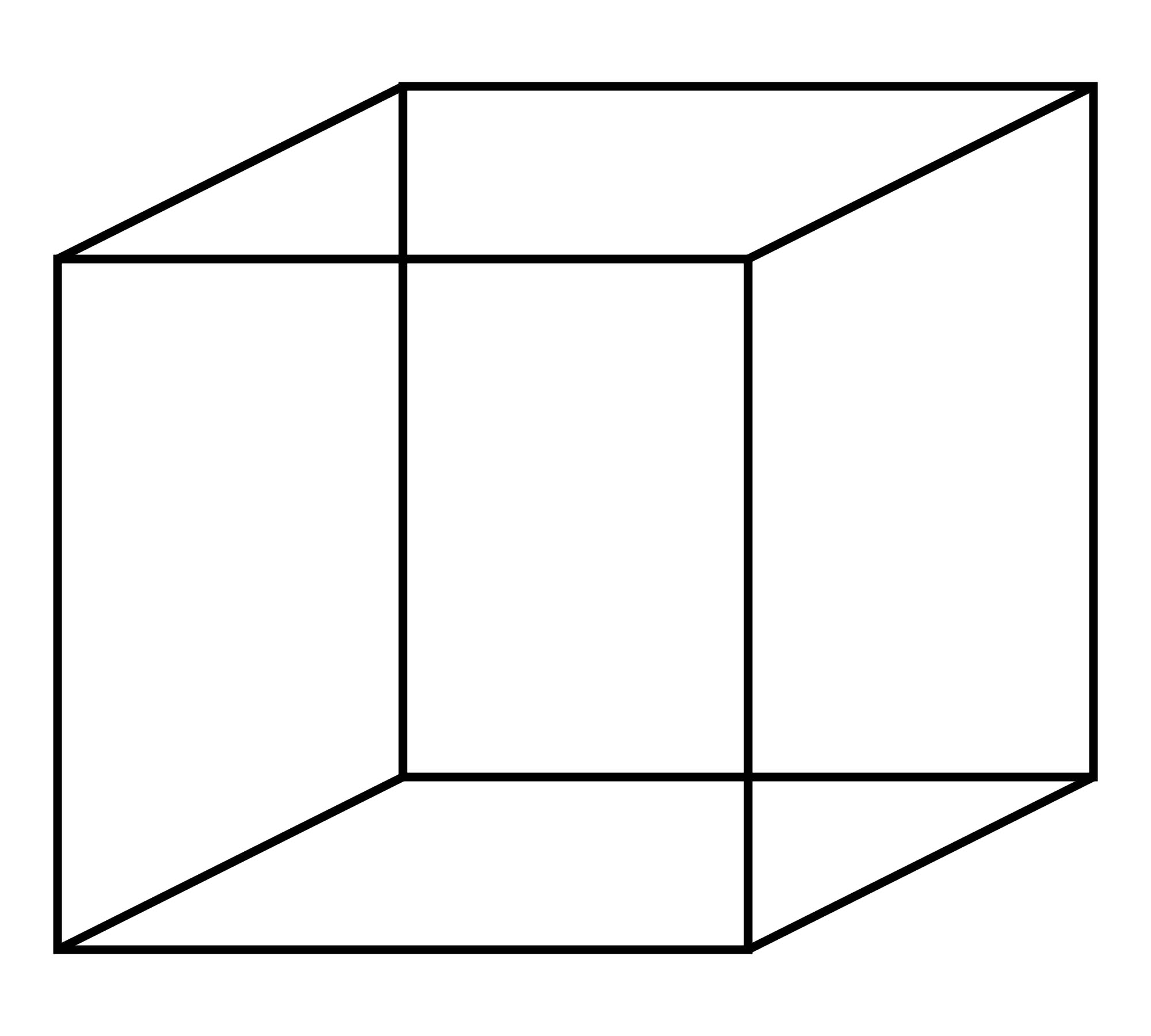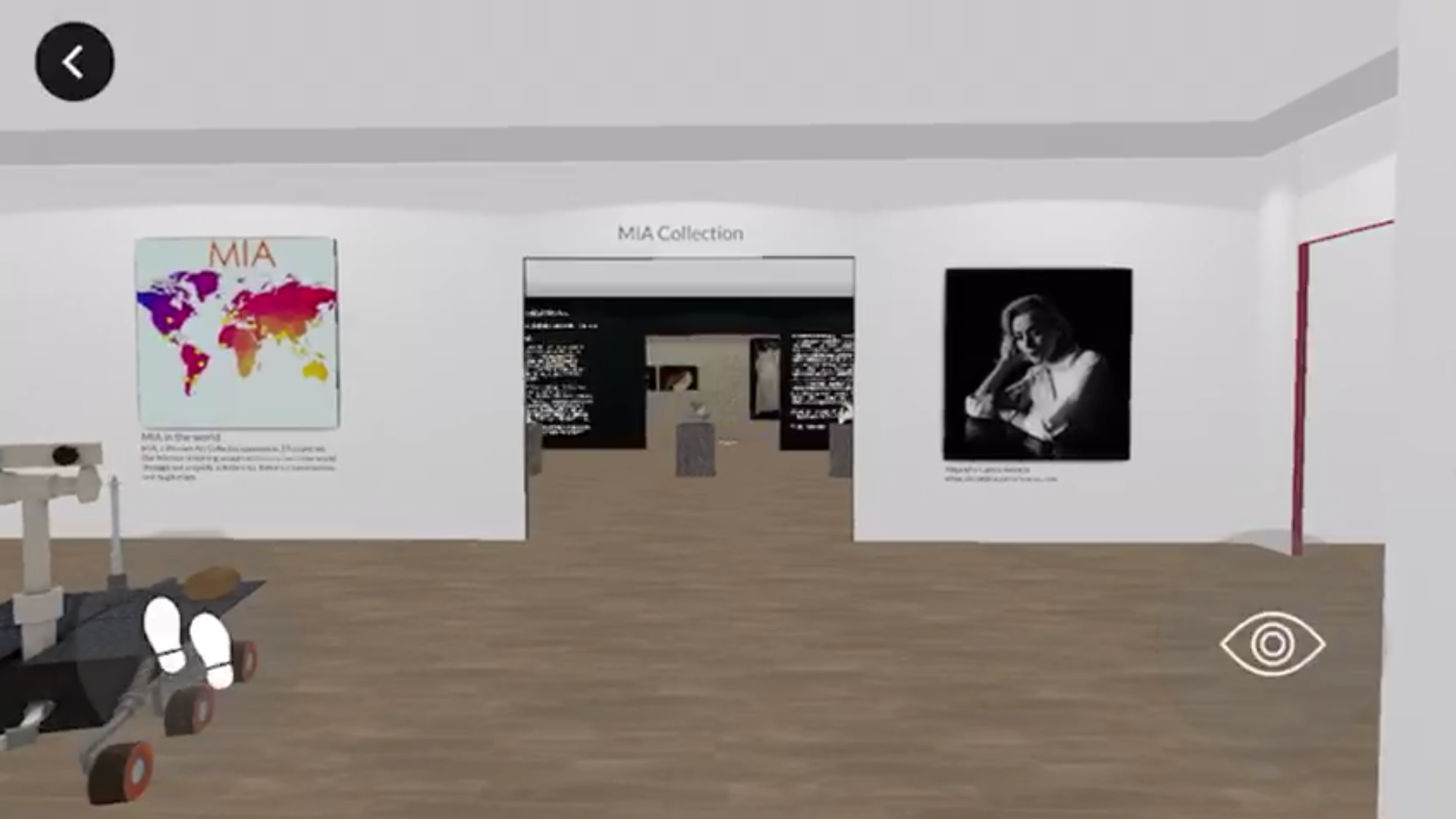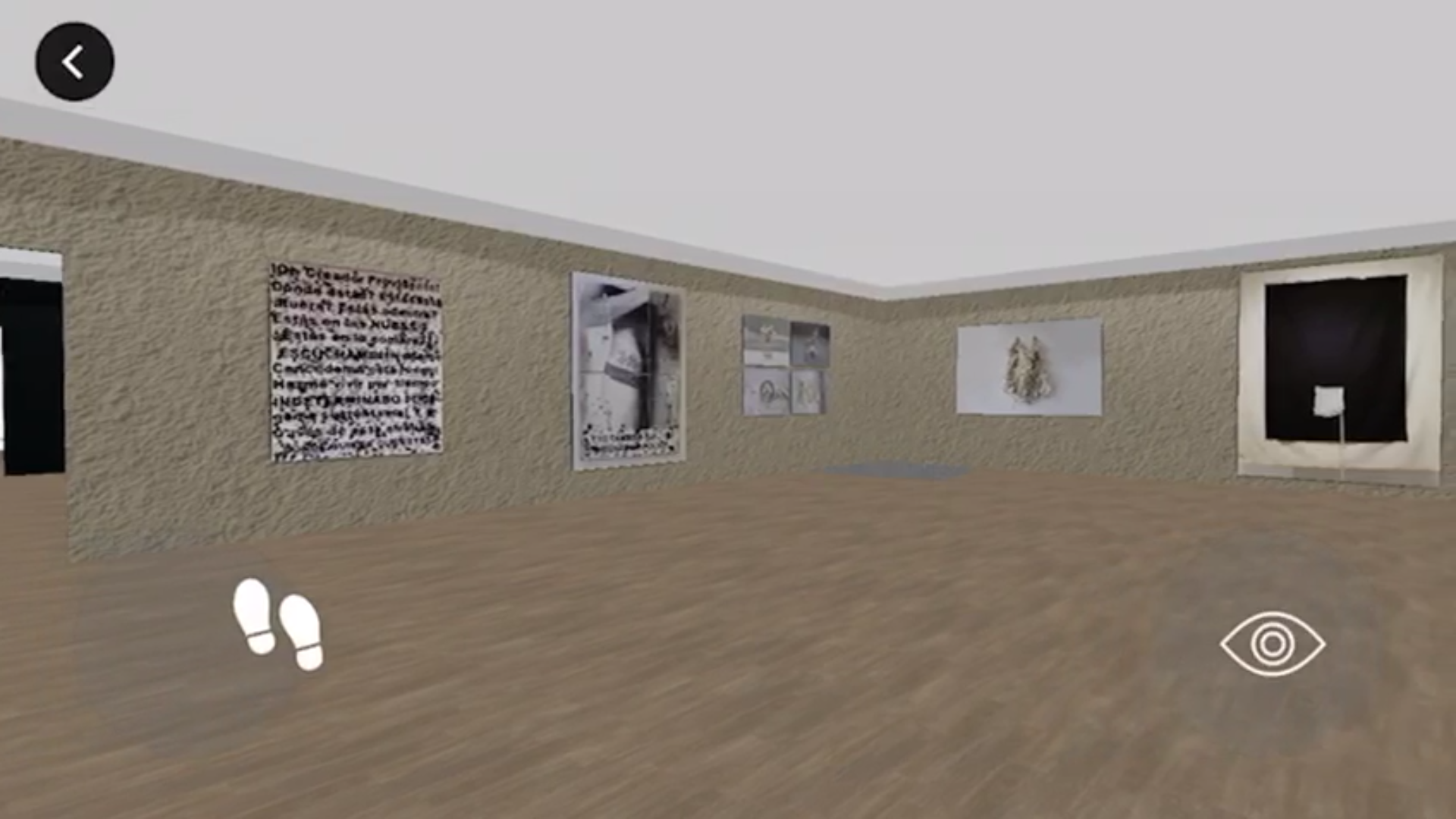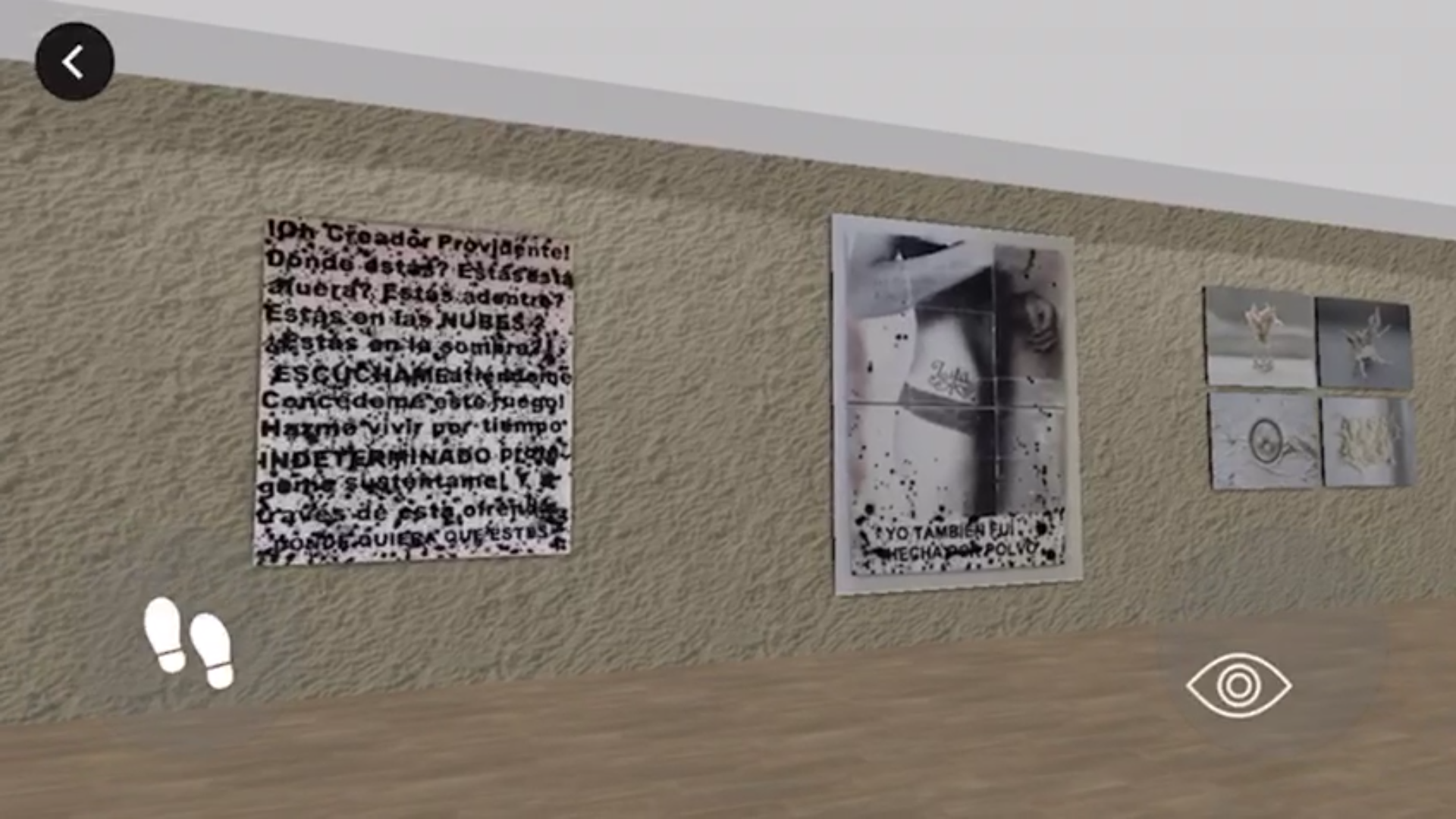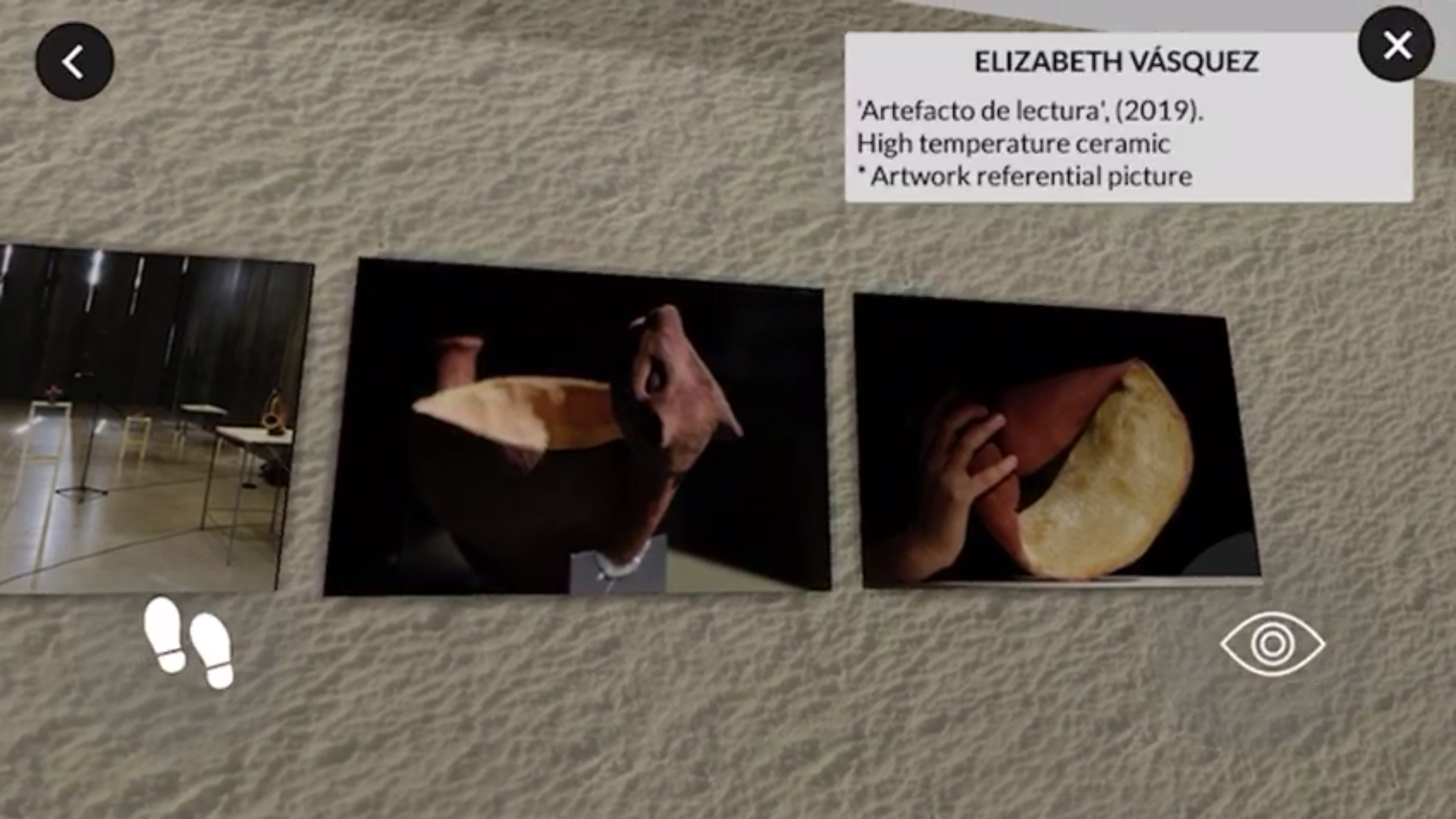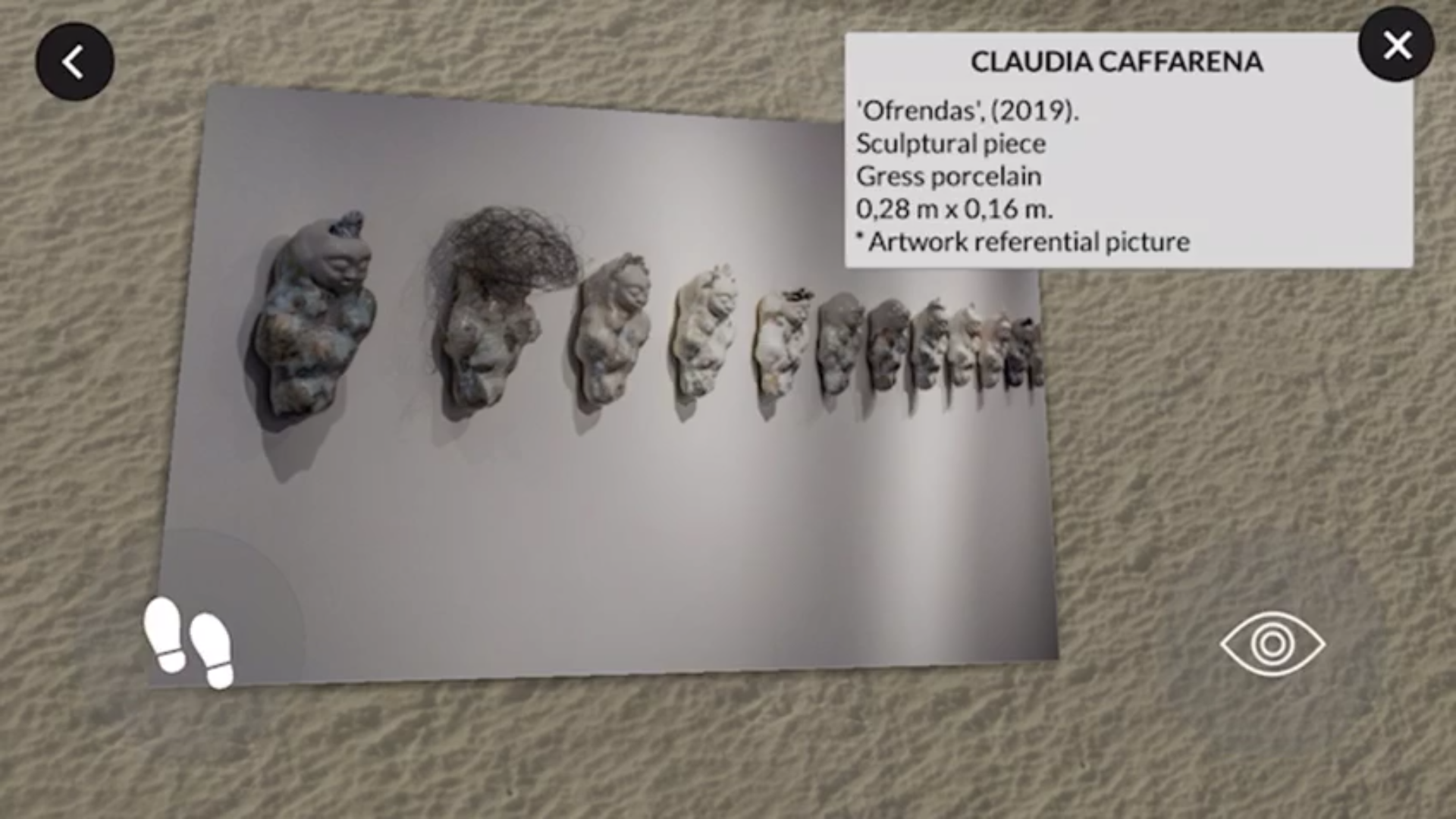Artists reflect mid-pandemic. What can digital platforms do for artists?
With museums and galleries having to close temporarily, art is going digital. The rise of virtual realities is inevitable, but is the current acceleration overshooting the adeptness of the sector? How can the intangibility and complexity of the digital art world be navigated?
Image featuring BLOC Art Founder Brenda Ortiz Clarke during the COVID-19 - getting ready to go digital -
No galleries and no openings, no museums or fairs, no studio visits and no discussing over a glass of wine. In a matter of days, the contemporary art world came to a stop. It went from being a prolific merry-go-round to an abandoned amusement park with its vendors and visitors holding on to their livelihood as they stayed home and stared into the world through their phone screens, wondering “when can we go back?”
As the initial shock of 2020 subsided, the questions turned 180°. Instead of looking back we began to look in front. What will the post-pandemic world look like? When will it emerge? And until then, how do we navigate this radical time period in which we don’t quite know how to see the potentials for change and momentum?
If there is a sector that knows how to raft the turbulent streams of sociopolitical and economic changes, it is the arts. Constantly working to adapt and re-invent itself, it searches for hurdles to overcome and anchors itself in the dream to save society through vitality, diversity and creativity. While the digital offerings cannot make art truly accessible, they provide an opportunity to go beyond traditional structures and reach new audiences.
Dedicated to in-her-words “thinking outside the box,” BLOC Art founder and art dealer Brenda Ortiz Clarke was quick to tackle the all consuming uncertainty with wit and savvy. She began to redirect her infectious passion for the art world to a live and pre-recorded video content series featuring artist interviews, art deconstructions, art book readings and more. Nestled into the hashtag network of the Instagram interface, it was not long until her sociable spirit was met with collaborative interest.
Mounting the digital art network from the other side of the world, the Dubai-based MIA Art Collection launched the first virtual museum that exclusively brings together female artists from around the globe. Within 18 weeks, MIA Anywhere (www.miaanywhere.com) housed a total of 11 temporary exhibitions with 48 artists from 18 countries represented. Collector and founder Alejandra Castro Rioseco saw the cultural opportunity to not only recover the lost exhibition spaces in an environmentally friendly manner, but to also give visibility to artists of diverse talents and national backgrounds. Peruvian art included, we had the pleasure to join forces and enter into a woman-led collaboration.
MIA Anywhere poster for the collaborative virtual exhibition ‘Herencias Colaborativas’ (22/06/2020-03/07/2020) between MIA Art Collection and BLOC Art Perú
Our first-ever virtual exhibition that ensued opened a digital window (22/06/2020 - 03/07/2020) into contemporary Peru. Visitors from all corners of the world could click themselves into all corners of the room. On one side they would meet artist Sandra Cáceres Simons who weaves decades of experience in the Peruvian Alpaca textile industry into the creation of a textile language. On the other, they would meet artist Claudia Caffarena who would cast them into her anthropologically inspired world that re-imagines Pre-Colombian imagery into sculpture.
They could travel over the Andes mountains into the magical energies of Cusco to meet the youngest, Verovcha, in her tactile exploration of fertility in the female body and nature. But they could also travel into the capital city of Lima and a life-time worth of cathartic self-explorations that artist Carmen Reátegui transposes into majestic expressions, allowing us women to rejoice in intimacy, aesthetic and confession.
Female visitors may have recognised their emotionality living in the immaterial symbolic of artist Aisha Ascóniga’s distinctive visual language. Or, they may have found their vulnerability in the fine materiality of Ivet Salazar’s ceramic sculptures. And perhaps, they were instead directly questioned by artist Elizabeth Vásquez to question their human response to nature and the preservation of sociocultural heritage.
Image series: Screenshots from the virtual exhibition ‘Herencias Colaborativas’ exhibited in the virtual museum MIA Anywhere, 22/06/2020 - 03/07/2020
Whichever the case, Peruvian curator (and artist) Jana Ugaz led by example. She remained adamant about giving full and equal visibility to each artist involved, while she skilfully arranged their creative differences and overlaps into a narrative whole. Alluding to the uncertain COVID-19 time period that sees no end, the title ‘Collaborative Heritage: New Consciousness of Creation” marks a collective doing and the beginning to an end.
Art is a cultural interest that does not develop in a vacuum or the digital void, but that emerges from the relational freedom to learn from one another. As Alejandra Castro put it:
“to collaborate is not support one another independently, but to grow together.”
The question that then arises is how can the digital space be used as a tool to encourage equal confidence, mobility and creativity?
This is the time to make a case for CARE.
Jana Ugaz filled the digital space with care. She aligned seven artistic personhoods along a narrative thread that was strung from the exploration of human relationships to nature and community, across Peruvian cultural history, all the way into the unfathomable yet convoluted mesh of womanhood. Asking us to consider in what ways the artists are creators and creations themselves, she threw us a life line that is simple enough to hang on to. As we simultaneously pull ourselves across the plurality of artistic expressions and suspend ourselves, for a moment in time, above the chaos of the 2020 ambiguity, we can begin to recognise the negotiability and fluidity in our meaning making processes and our collective consciousness creation.
Digital spaces can transcend many barriers, but art managers must care to share their responsibilities and competencies in actualising these potentialities. The post-pandemic world will be marked by uneven closures and downsized creative teams and will equally be met by an explosive artistic output. And here, at BLOC Art, we believe that the art world will need to be prepared to collaborate as a way forward.
Backstage of the women-led collaboration, I saw founders Alejandra Castro and Brenda Ortiz Clarke demonstrate the innate female ability to act with compassion and collegian. Following their intuition and positive will for transformation, they responded to the 2020 milestone with a distinct sense of decisiveness and calmness. The resulting showcase promoted the free sharing of information, listening and the development of the self and self-in-relation.
Extending their creation into a constructive and forward-thinking discourse, I have engaged the participating artists in conversation, asking them
“how have you, as an artist, and your work been affected by the global lockdown?”
Their responses were first shared on the @bloc_art_peru Instagram as a one-week conversation (19/07/2020 - 25/07/2020) and have now been grouped into the digital catalogue ‘A Retrospective Into the Future.’
Now available in English and Spanish.
Now just one click away - we invite you to witness a spec, but turbulent epoch in time. Click yourself into the digital window that shows you the art world of contemporary Peru and become a part in our collaborative heritage and the collective consciousness creation.
↓ ↓ ↓
*Note: if you have any inquiries regarding an artist or available art pieces for purchase please do not hesitate to get in touch with us!
